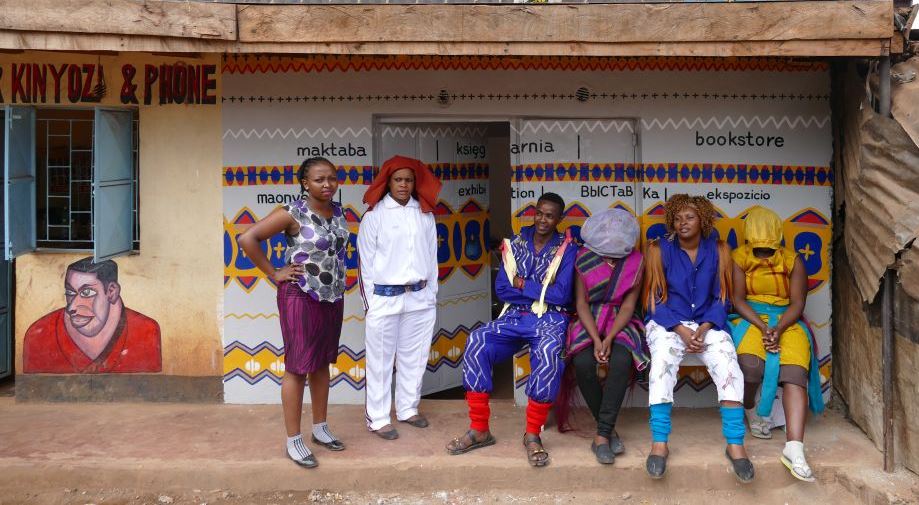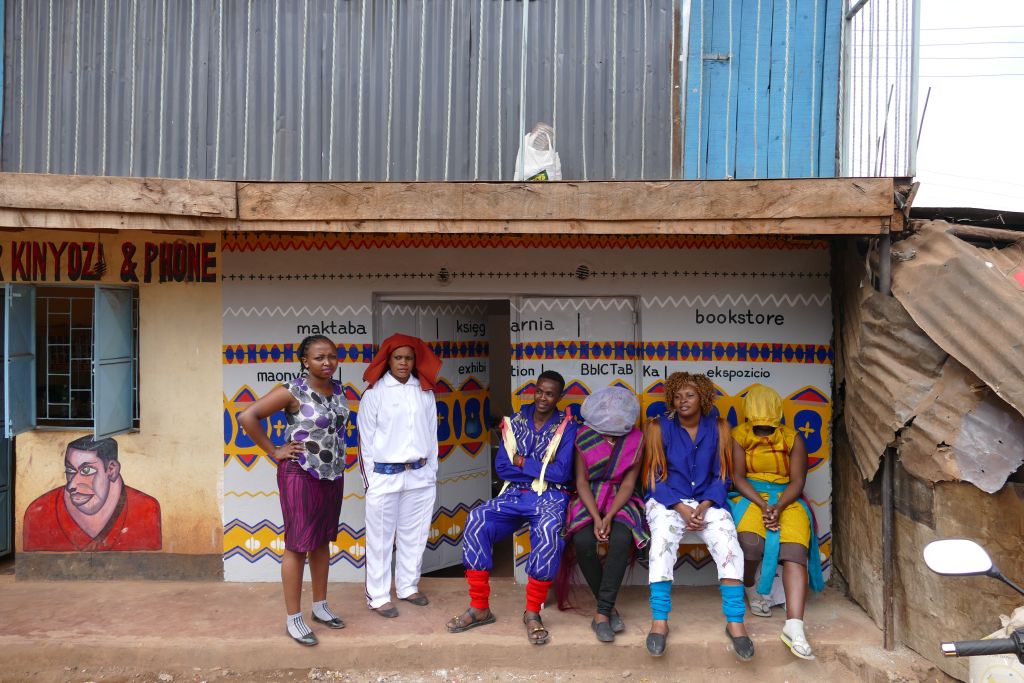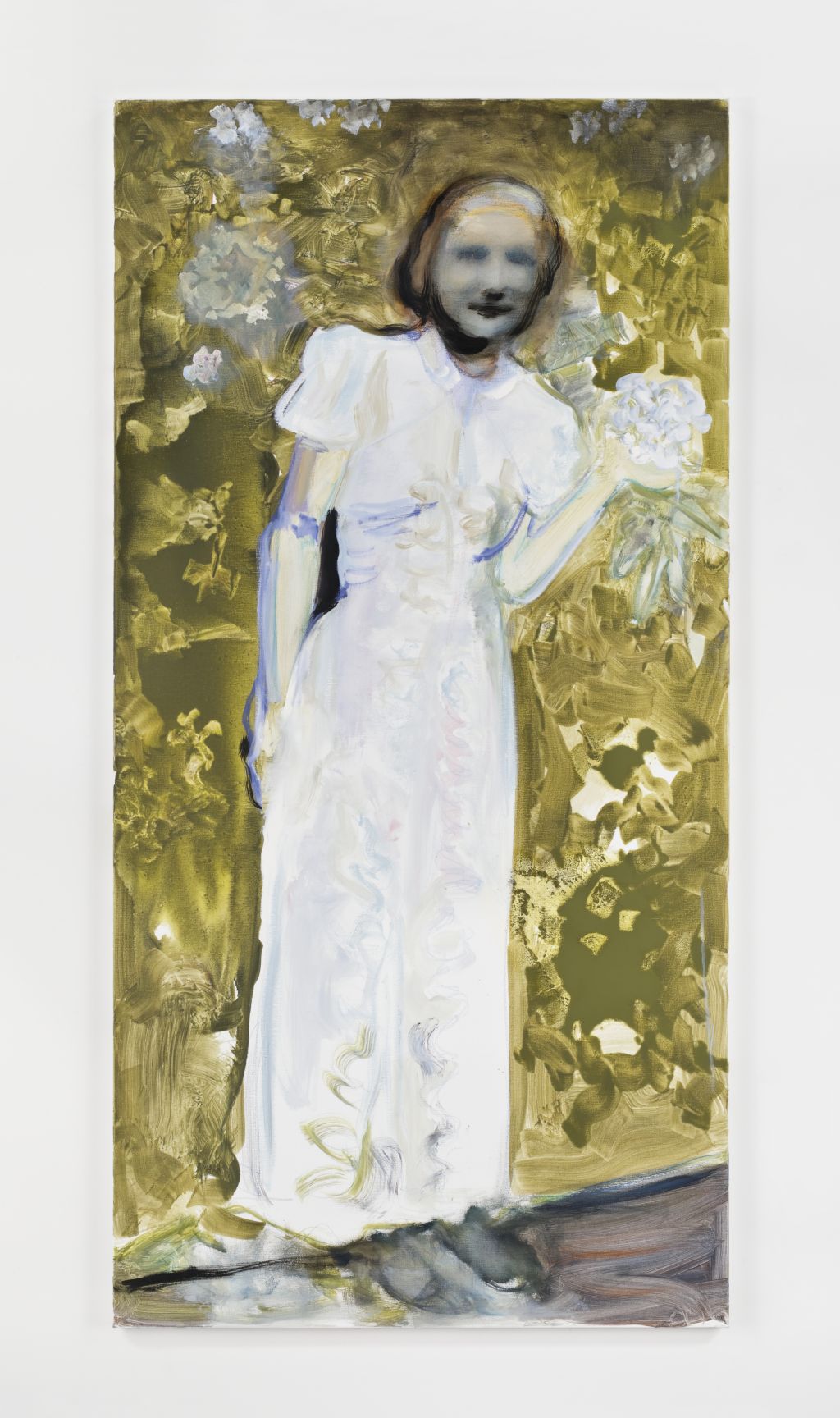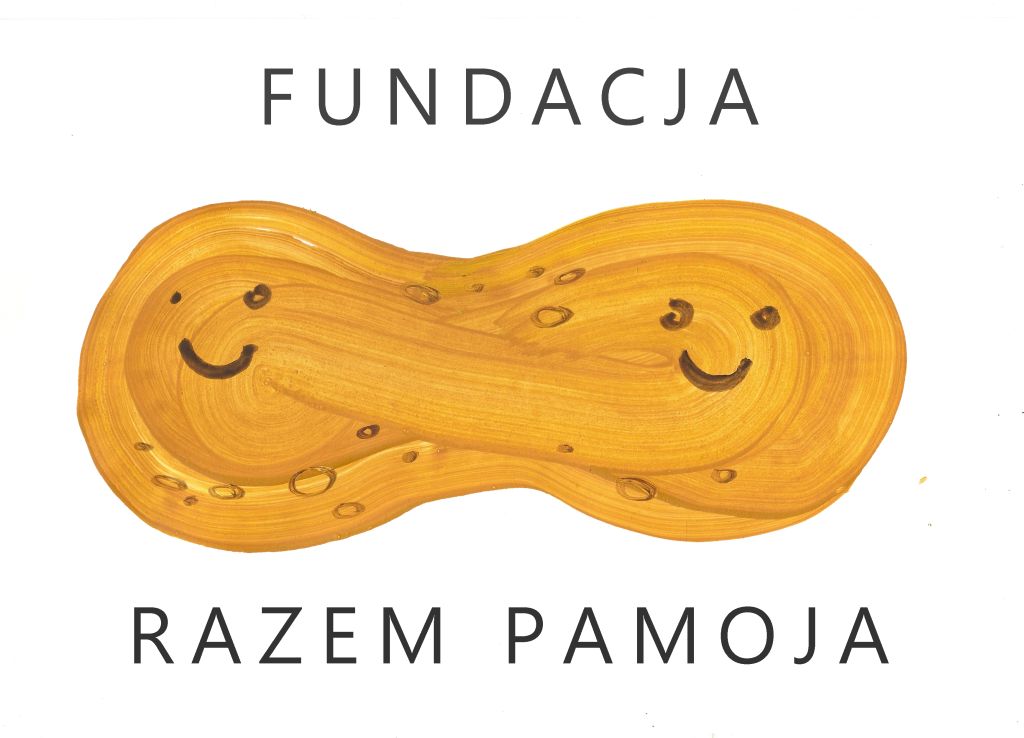
The Artist as Philanthropist

On the face of it, the artist as philanthropist is an unlikely proposition. While some artists may be born into wealth, their chosen profession offers few prospects of financial stability and independence, let alone affluence on the scale that the term philanthropy (from the Greek, ‘love of humanity’) ordinarily implies. Though they can occasionally overlap, what distinguishes philanthropy from plain charity is vision, a clear purpose, financial clout, and an institutional framework that makes it possible to take a long-term view and address problems at their source. An artist is far more likely to be on the receiving end of philanthropic initiatives set up by wealthy patrons – the beneficiary rather than the benefactor.
Yet one could argue that artists, even of modest means, are at an advantage where charitable giving is concerned. In addition to their time, money and reputation, they can put their art in the service of a given cause. Artworks are their chief assets in this regard. Sold off at a benefit auction, the work of a sought-after and commercially successful artist can fetch significant sums. Take, for instance, Turner Prize winner Anthony Gormley, who supports a variety of causes, from the UK-based health charity Paintings in Hospitals to Comic Relief, which fights poverty and social injustice in the UK and abroad. His 2011 sculpture SUBMIT IV commanded the highest price (£300,000) at Unicef UK’s SyriART auction that raised a total of £750,000 – matched pound for pound by the UK government – in aid of refugee children in December 2014. Or else market star Marlene Dumas, several of whose figurative paintings have sold for over a million dollars in the past decade, including My Mother Before She Became My Mother (2010), which went for $2 million (nearly three times its estimated value) at an Artists for Haiti auction held in September 2011 at Christie’s in New York.

But artists need not be auction house record breakers for their gifts in kind to generate funds for philanthropic schemes, large and small. Educator and philosopher Bartosz Przybyl-Olowski, who is married to artist Paulina Olowska, was thus able to enlist the support of Polish and international artist friends who donated 78 works for an auction in support of his RazemPamoja Foundation, which fosters mutual help and dialogue (as opposed to one-sided giving) between schools and communities in Poland and in Nairobi, Kenya, taking the form of mural exchanges, exhibitions, documentary and book projects. This parity, reflected in the foundation’s name – razem and pamoja mean ‘together’ in Polish and Swahili – is visually expressed in the striking peanut-shaped logo devised by Olowska. As well as funding workshops and stipends destined for high school students in Nairobi’s Mathare slums, the proceeds from the ‘Learning, Sharing, Acting’ auction, which took place in January 2015 at Warsaw’s Center for Contemporary Art Ujazdowski Castle, helped to offset the costs of the eponymous Le Monde diplomatique publication, Into Africa: Learning, Sharing, Acting (2014). The book comes in two sizes: a funky magazine-size format designed free of charge by Stuart Bailey complements the more conventional paperback edition.


In conversation with former Goldsmiths teacher and student Martin Craig-Martin at a session titled ‘Goldsmiths Gallery: Artists as Philanthropists’ of the Art360: The Gift and its Legacy conference hosted by Goldsmiths on 19 February, the college’s Head of the Department of Art Richard Noble praised the ‘unbelievably generous’ response of alumni whom he personally approached to ramp up support for a new public art gallery that will be housed in a listed Victorian bathhouse on the campus. The £1,8 million conversion had been entrusted to Assemble, last year’s Turner Prize winners. As befits an institution that counts no fewer than seven Turner Prize winners among its alumni, the artist names beneath each lot at the dedicated charity auction read like the Who’s Who of British contemporary art with works from, among other, Damian Hirst, Anthony Gormley, Bridget Riley, Mark Wallinger, Yinka Shonibare, Sarah Lucas, Gillian Wearing, Steve McQueen, Michael Landy, and Craig-Martin himself.
Far from being an isolated instance of generosity towards one’s alma mater, the artists Noble spoke to pointed out that they were asked to donate work to auction virtually every week. Craig-Martin concurred: ‘Once … you’ve made the mistake of giving something to a charitable auction, you then are deluged with requests. You cannot imagine the range of causes. … Auctioning art is seen by a lot of fundraisers as the easiest way in the world of raising money.’ While artists find it hard not to respond to similar requests, there are pitfalls to this kind of charitable giving. If a work is sold off significantly below its market price – as is often the case at benefit auctions where buyers seek bargains and charities ready cash – it can be extremely damaging to an artist’s career (though sometimes a gallerist will step in to buy the work at its ‘real’ value). ‘The more generous the gift, the greater the risk you’re taking,’ cautioned Craig-Martin.
READ THE FULL TEXT IN METROPOLIS M No 2-2016 WHO’S YOUR DADDY AND WHAT DOES HE DO? OUT NOW
Agnieszka Gratza


